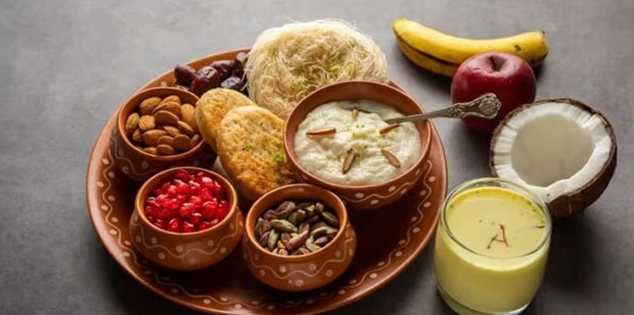June 2024 saw a noticeable increase in the cost of both vegetarian and non-vegetarian thalis, driven largely by rising vegetable prices, as reported by CRISIL MI&A Research. The price hikes have had a tangible impact on household budgets across India.
Veg Thali: A Costly Affair
The price of a typical vegetarian thali climbed by 6% compared to the previous month. The primary culprits? Potatoes, onions, and tomatoes, whose prices soared by 9%, 15%, and 29% respectively. This surge is attributed to lower arrivals of these key vegetables, creating a significant supply-demand imbalance.
On a year-over-year basis, the cost of a home-cooked vegetarian thali increased by a staggering 10%. The dramatic rise in vegetable prices—tomatoes up by 30%, onions by 46%, and potatoes by 59%—was mainly due to a low base effect from the previous fiscal year. These increases were further exacerbated by reduced onion arrivals, lower potato yields caused by unseasonal rains, and virus-infested tomato crops in major growing regions like Karnataka and Andhra Pradesh.
Non-Veg Thali: Slightly Less Impacted
While non-vegetarian thali prices also rose in June, the increase was slightly more moderate at 4%. Elevated vegetable prices did contribute, but a mere 1% rise in broiler costs—comprising half of the non-veg thali cost—helped mitigate the overall hike. Over the past year, however, non-veg thali costs actually fell by 4%, thanks to a 14% drop in broiler prices due to oversupply and lower feed costs.
Broader Impacts and Contributing Factors
CRISIL highlighted several factors contributing to these price changes. A drop in rice acreage led to a 13% annual price increase, while a dry spell during key kharif months caused a 22% rise in pulse prices. These staples form significant portions of a veg thali’s cost.
For non-veg thalis, the decline in broiler prices was a relief. This drop was largely due to a high base from the previous fiscal year and an oversupply situation, coupled with lower feed costs.
Regional Cost Variations
The average cost of preparing a thali at home is calculated based on prices from different regions of India—north, south, east, and west. This metric provides a comprehensive view of how price fluctuations affect the common man’s expenditure.
A standard veg thali includes roti, vegetables (onion, tomato, and potato), rice, dal, curd, and salad. In a non-veg thali, chicken replaces dal.
Inflation Context
India’s retail inflation rate, measured by the Consumer Price Index (CPI), was 4.75% in May 2024, a slight decrease from 4.83% in April 2024. The Reserve Bank of India’s Monetary Policy Committee maintained the repo rate at 6.50% in its June policy meeting.
As household budgets tighten with these rising food costs, monitoring these trends becomes crucial for both policymakers and consumers. The ongoing fluctuations in vegetable and broiler prices will likely continue to shape the affordability of daily meals for many Indian families.
